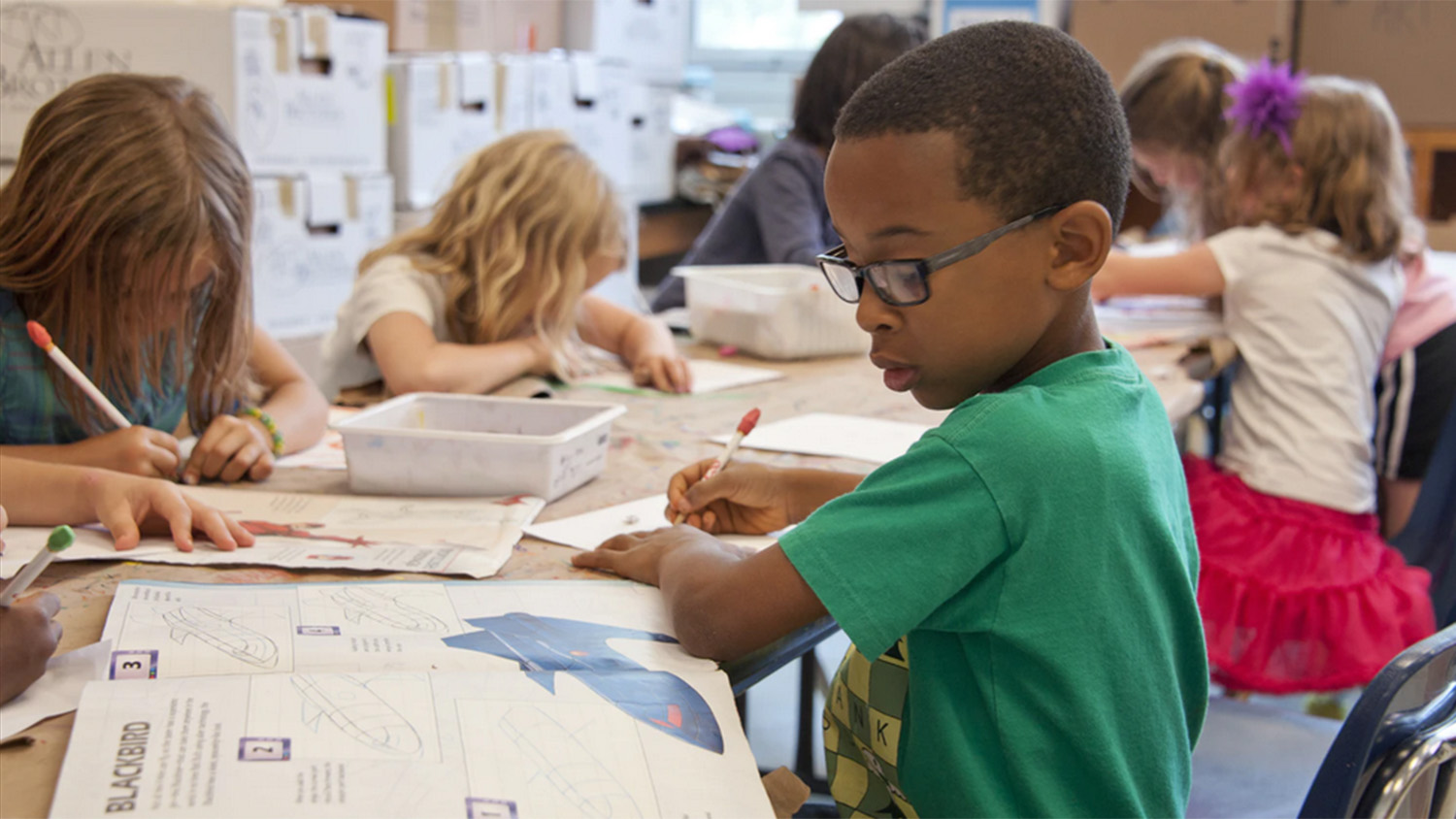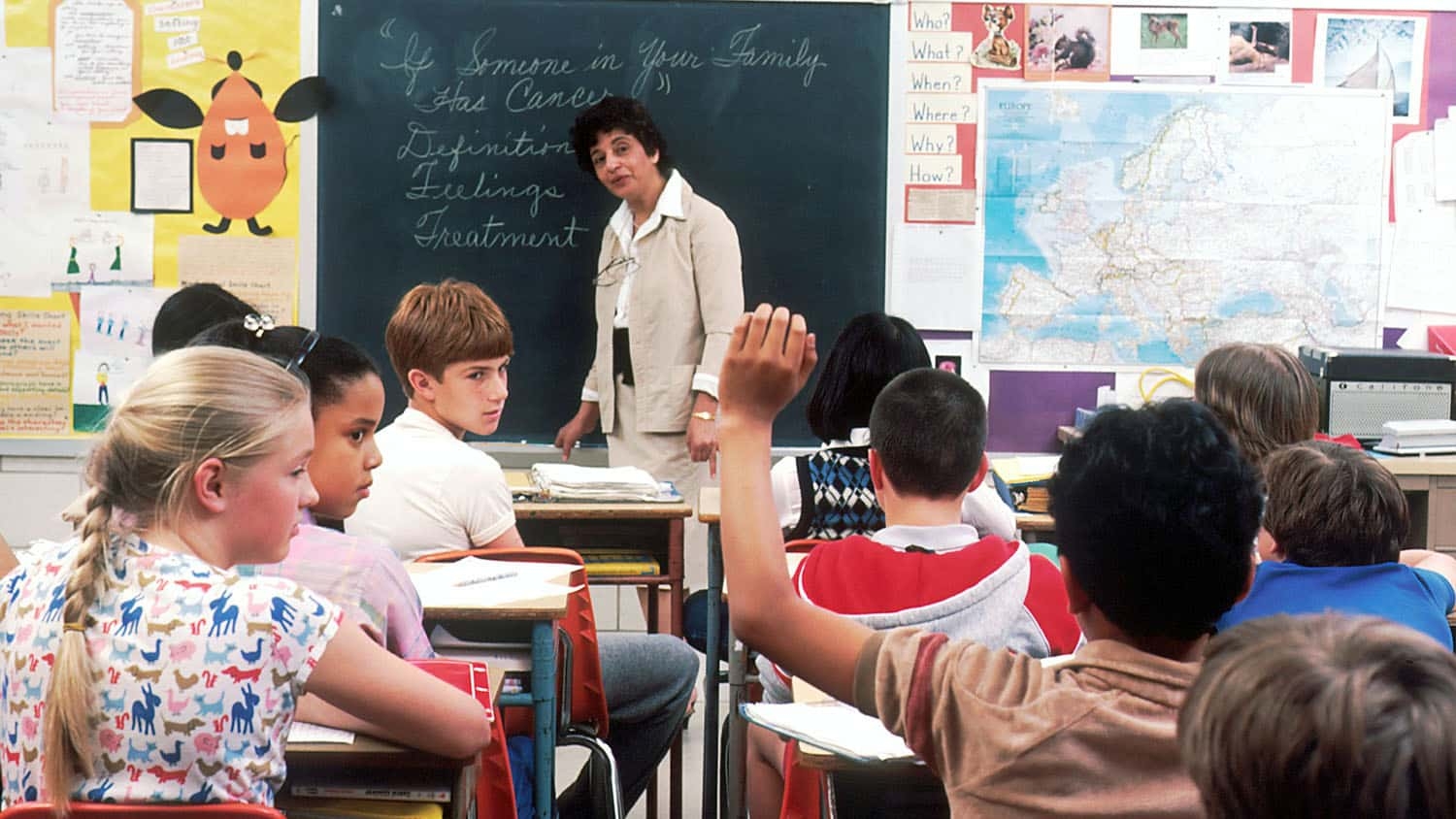Future Teachers More Likely to View Black Children as Angry, Even When They Are Not

A new study of prospective teachers finds that they are more likely to interpret the facial expressions of Black boys and girls as being angry, even when they are not. This is significantly different than how the prospective teachers interpreted the facial expressions of white children.
The authors coined the term “racialized anger bias” after an earlier study found similar results in prospective teachers’ judgments of Black and white adults. These new results indicate there is also racialized anger bias against Black children.
“Racialized anger bias means that people are seeing anger where none exists,” says Amy Halberstadt, corresponding author of the study and a professor of psychology at North Carolina State University. “We saw this happening to Black adults in earlier research. Now this finding highlights the urgent need to address conscious and unconscious bias in educators.
“The level of bias we found here could have significant adverse effects on children in classrooms. We already know that Black students experience many more suspensions, expulsions and disciplinary actions than white students, often for the same behavior. And this study suggests that misperceiving anger – even at an unconscious level – could play a significant role in that disparity.”
For the study, the researchers surveyed 178 prospective teachers from three teacher training programs in the Southeast. Eighty-nine percent of the study participants were women, and 70% of the participants were white. The overall composition of the group was consistent with the composition of public school teachers in the United States.
The prospective teachers were shown 72 short video clips of child actors’ facial expressions, with each one displaying a different emotion. The video clips were divided equally between Black and white students and between boys and girls. The prospective teachers were asked to identify the emotion being displayed in each clip. The researchers were interested in the errors that were made, especially about perceiving anger when there was none.
Each video clip was carefully examined to ensure it included only the requested emotional expression and to be certain that no anger expression was slipping into other expressions being made. The prospective teachers were also asked to answer a series of questions designed to assess each participant’s explicit racial biases and implicit – or subconscious – biases.
The study found that participants were 1.36 times more likely to exhibit racialized anger bias against Black children than against white children, meaning that they were that much more likely to incorrectly view a Black child as angry when the child was not actually making an angry facial expression. For boys, participants were 1.16 times more likely to mistake a Black boy’s facial expressions for anger than a white boy’s. Participants were 1.74 times more likely to mistake a Black girl’s facial expression for anger than a white girl’s.
“Although never statistically examined before, the misperceptions of Black girls’ anger verifies qualitative research of Black girls’ and women’s experiences, that they too are seen as angry when they are not,” Halberstadt says.
The researchers found that higher levels of explicit or implicit bias did not increase the likelihood of a prospective teacher exhibiting racial anger bias against Black children. However, higher levels of explicit or implicit bias did make it less likely that study participants would view white children as being angry.
“Essentially, we found that prospective teachers are more likely to view Black children as being angry, even when they’re not,” Halberstadt says. “And the more biased prospective teachers were, the more likely those prospective teachers were to give white children the benefit of the doubt. In other words, if the teacher had higher levels of explicit or implicit racial bias, they were a bit more likely to give white kids a ‘free pass.’
“This study suggests anger bias against Black children is alive and well among future teachers, and might play a role in the disciplinary discrepancies we see in schools. As this seems to be another form of systemic racism, we need to find meaningful ways to address this type of bias. Otherwise we are doing a disservice to our kids.”
The paper, “Racialized Emotion Recognition Accuracy and Anger Bias of Children’s Faces,” is published in the journal Emotion. The paper was co-authored by Alison Cooke and Dejah Oertwig, Ph.D. students at NC State; Shevaun Neupert, a professor of psychology at NC State; Pamela Garner, a professor of childhood studies at George Mason University; and Sherick Hughes, a professor of education at the University of North Carolina at Chapel Hill. The work was done with support from the William T. Grant Foundation.
-shipman-
Note to Editors: The study abstract follows.
“Racialized Emotion Recognition Accuracy and Anger Bias of Children’s Faces”
Authors: Amy G. Halberstadt, Alison N. Cooke, Dejah Oertwig and Shevaun D. Neupert, North Carolina State University; Pamela W. Garner, George Mason University; and Sherick Hughes, University of North Carolina at Chapel Hill
Published: July 2, Emotion
DOI: 10.1037/emo0000756
Abstract: Research suggests that individuals are racially biased when judging the emotions of others (Elfenbein & Ambady, 2002) and particularly regarding attributions about the emotion of anger (Halberstadt et al., 2018; Hugenberg & Bodenhausen 2003). Systematic, balanced designs are rare, and are comprised of adults viewing adults. The present study expands the questions of racialized emotion recognition accuracy and anger bias to the world of children. Findings that adults demonstrate either less emotion accuracy and/or greater anger bias for Black versus White children could potentially explain some of the large racialized disciplinary discrepancies in schools. To test whether racialized emotion recognition accuracy and anger bias toward children exists, we asked 178 prospective teachers to complete an emotion recognition task comprised of 72 children’s facial expressions depicting six emotions and divided equally by race (Black, White) and gender (female, male). We also assessed implicit bias via the child race IAT and explicit bias via questionnaire. Multi-level modeling revealed nuanced racialized emotion recognition accuracy with a race by gender interaction, but clear racialized anger bias towards both Black boys and girls. Both Black boys and Black girls were falsely seen as angry more often than White boys and White girls. Higher levels of either implicit or explicit bias did not increase odds of Black children being victim to anger bias, but instead decreased odds that White children would be misperceived as angry. Implications for addressing pre-existing biases in teacher preparation programs and by children and parents are discussed.
This post was originally published in NC State News.
- Categories:


